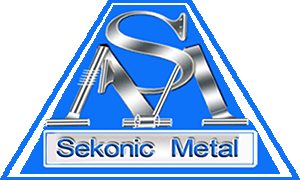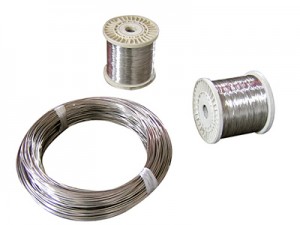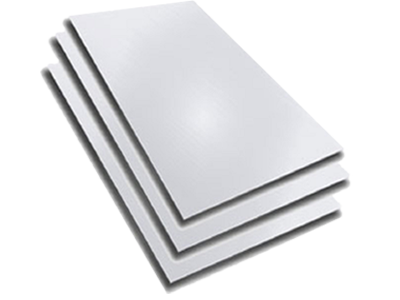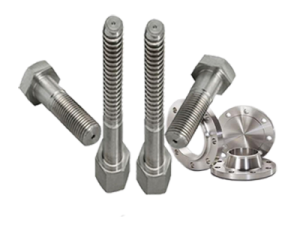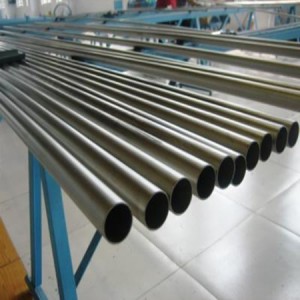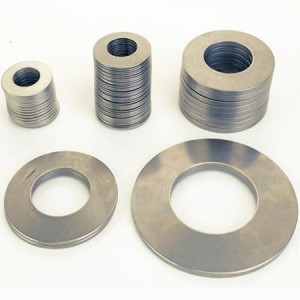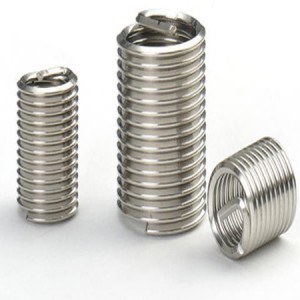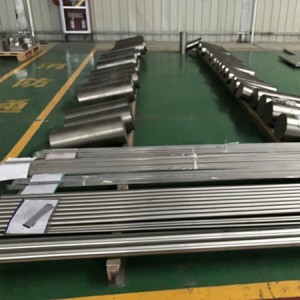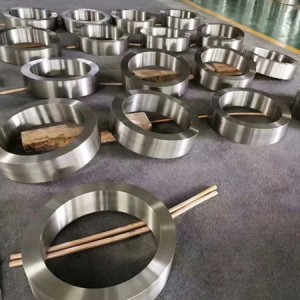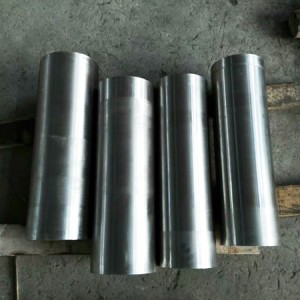Incoloy 926 UNSN09926 round bar manufacture
Common Trade Names: Incoloy 926, Nickel Alloy 926, Alloy 926, Nickel 926,UNS N09926,W.Nr.1.4529
Incoloy 926 is an austenitic stainless steel alloy, similar to 904 L alloy, with 0.2% nitrogen and 6.5% molybdenum content.Molybdenum and nitrogen content greatly increase crevice corrosion resistance.At the same time, nickel and nitrogen can not only improve the stability, but also reduce the tendency to separate the crystallization thermal process or welding process is better than the nitrogen content of nickel alloy.926 has certain corrosion resistance in chloride ions due to local corrosion properties and 25% nickel alloy content.A variety of experiments at concentrations of 10,000-70,000 PPM, pH 5-6,50 ~68℃ operating temperature, limestone desulfurization island slurry show that 926 alloy is free from crevice corrosion and pitting during the 1-2 year trial period.926 alloy also has excellent corrosion resistance in other chemical media at high temperature, high concentration media, including sulfuric acid, phosphoric acid, acid gas, sea water, salt and organic acids.In addition, in order to obtain the best corrosion resistance, ensure regular cleaning.
| Alloy |
% |
Ni |
Cr |
Fe |
c |
Mn |
Si |
Cu |
S |
P |
Mo |
N |
|
926 |
Min. |
24.0 |
19.0 |
balance |
- |
- |
0.5 | - | - | 6.0 | 0.15 | |
|
Max. |
26.0 |
21.0 |
0.02 |
2.0 |
0.5 |
1.5 | 0.01 | 0.03 | 7.0 | 0.25 |
|
Density
|
8.1 g/cm³
|
|
Melting point
|
1320-1390 ℃
|
| Condition | Tensile strength MPa |
Yield strength MPa |
Elongation % |
| Solid solution | 650 | 295 | 35 |
Incoloy 926 Available Products in Sekonic Metals
Incoloy 926 Features:
1. It has high bell gap corrosion resistance and can be used in medium containing acid.
2. It has been proved in practice that it is effective in resisting chloride stress corrosion cracking.
3. All kinds of corrosive environment have good corrosion resistance.
4. The mechanical properties of Alloy 904 L were better than those of Alloy 904 L.
Incoloy 926 Application Field:
Incoloy 926 is a versatile data source that can be widely used in many industries:
• Fire protection system, water purification system, Marine engineering, hydraulic pipe perfusion system Pipes, joints, air systems in acidic gases
• Evaporators, heat exchangers, filters, agitators, etc. in phosphate production
• Condensation and piping systems in power plants that use cold water from sewage water
• Production of acidic chlorinated derivatives using organic catalysts.
• the production of cellulose pulp bleaching agent
• Marine Engineering
• Components of flue gas desulfurization system
• Sulfuric acid condensation and separation system
• Crystal salt concentration and evaporator
• Containers for transporting corrosive chemicals
• Reverse osmosis desalting device.
